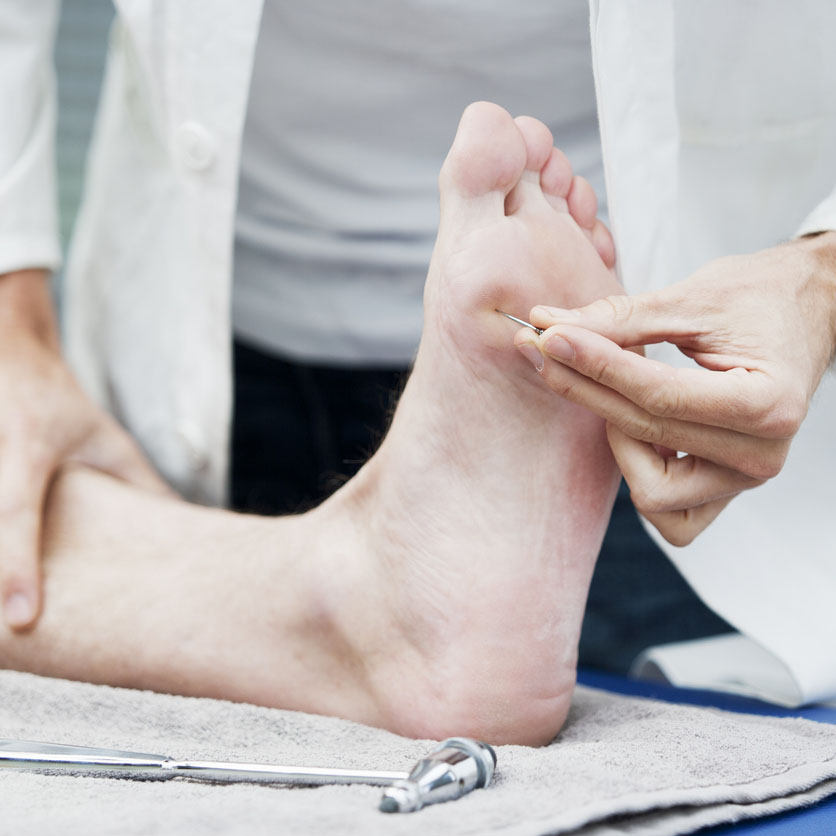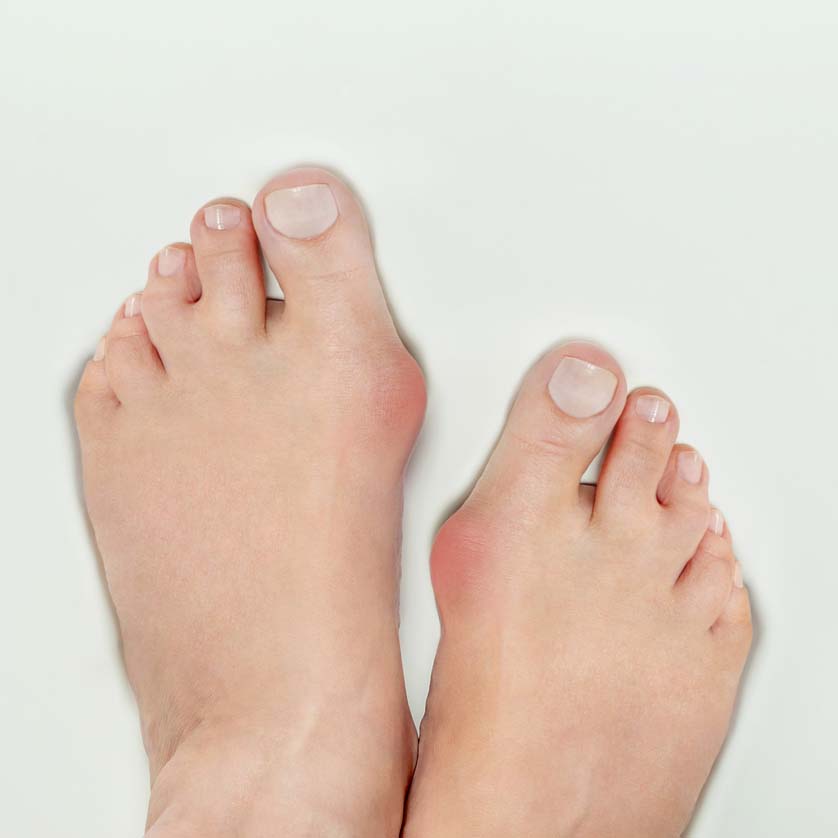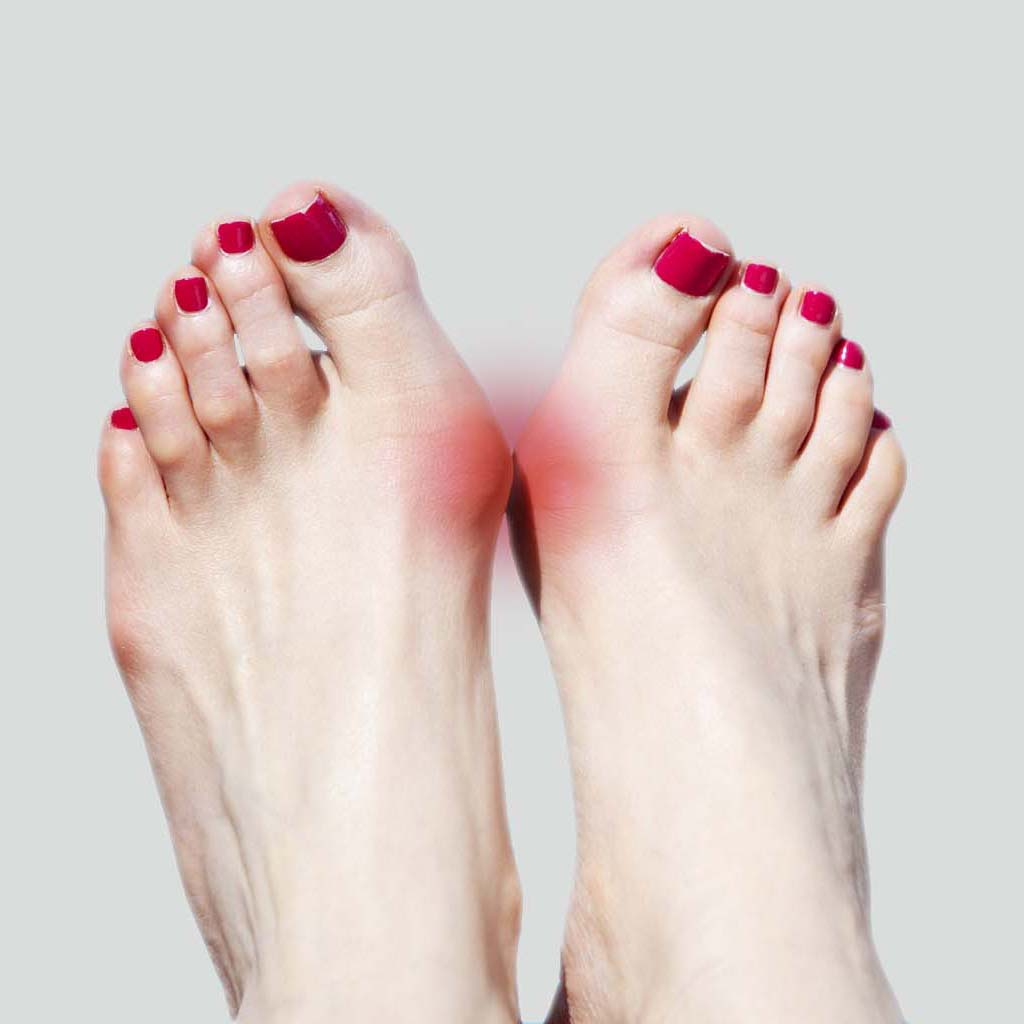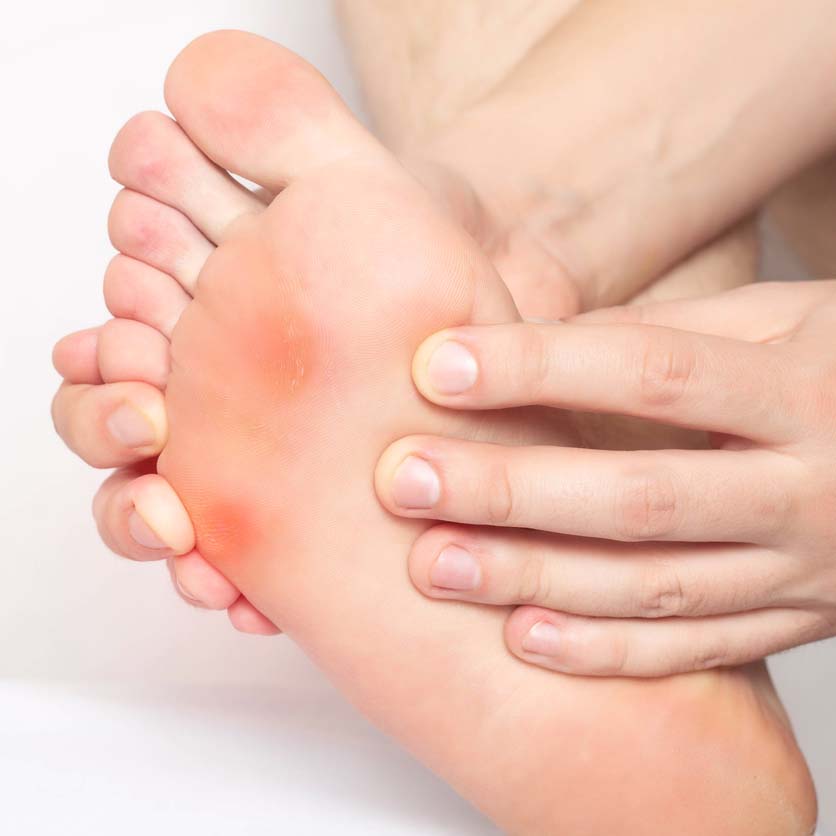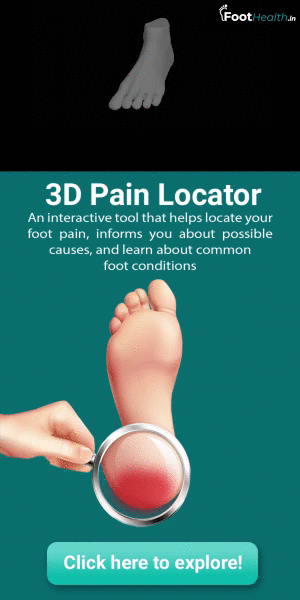


Heel Spur
Introduction
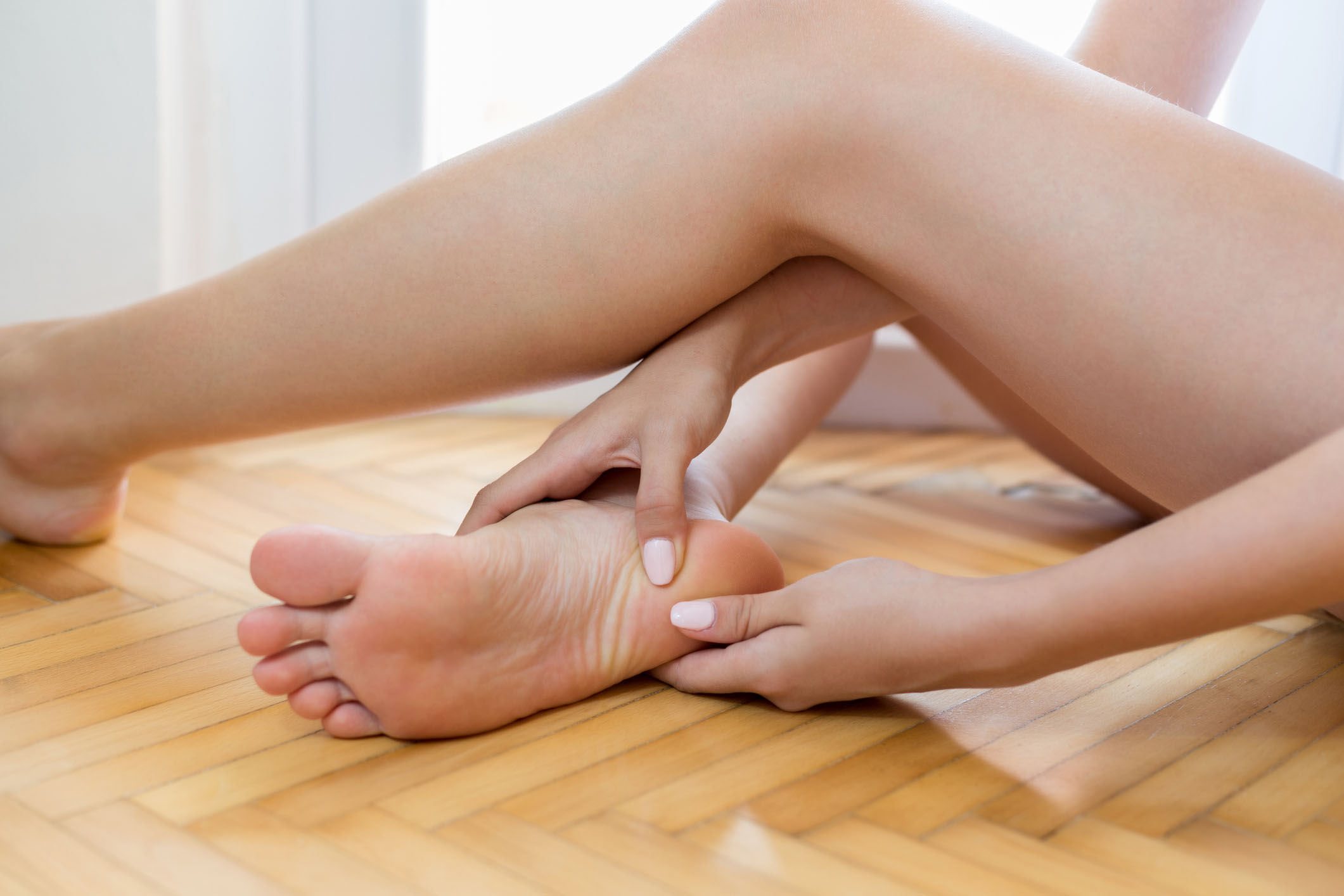
Heel spurs also known as Calcaneal spur is a foot condition resulting from bony projection on the Heel bone of the foot. This overgrowth on the underside of the heel bone is due to extra deposition of calcium which can grow up to half an inch in length. They are difficult to be seen by naked eyes and are often visible on X-Ray investigations.
Heel spurs are often painless, but they can be a cause of heel pain in certain conditions. They are associated with people suffering from plantar fasciitis, osteoarthritis, previous history of heel pain, overweight & obese people, etc. Its prevalence increases in older age groups.
Cause
Excessive stress and strain to the surrounding muscles and ligaments lead to indirect strain on the heel bone causing spurs. Repetitive overstress activities like walking, running, or jumping on uneven and hard surfaces can also develop spurs gradually. Wearing flip flops or ill-fitting footwear is another reason for developing spurs.
Treatment And Prevention
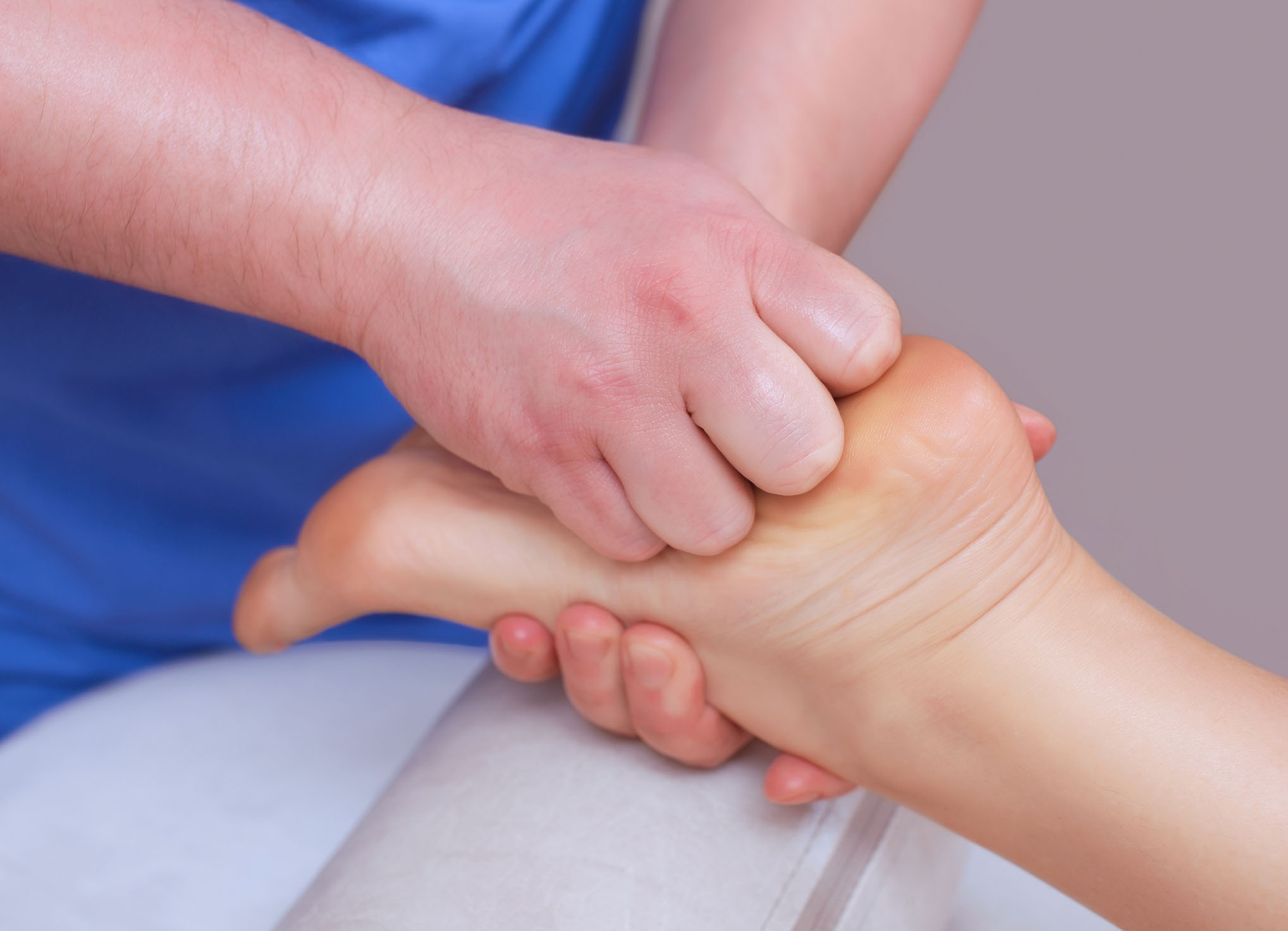
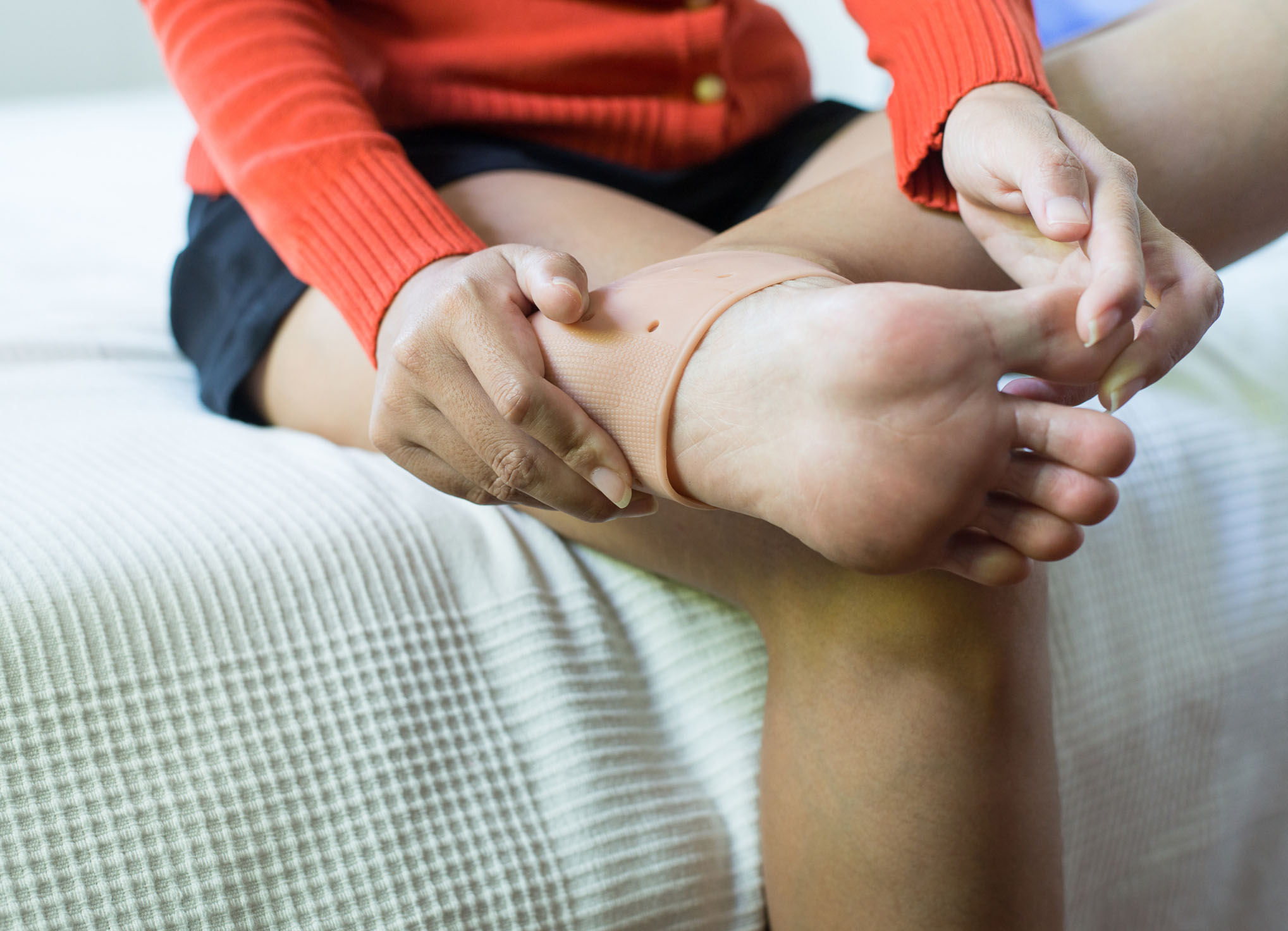
Conservative treatment options like physiotherapy, stretching exercises, wearing well-fitting shoes, splints, shoe inserts with shock-absorbent soles, supportive heel inserts can help relieve pain. If the area presents with swelling, then corticosteroid injections may be given by the doctor after a thorough examination. If all options fail to relieve pain then a doctor might suggest for surgical treatment
Read our Articles
